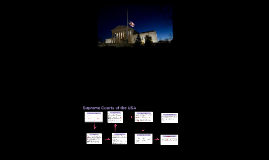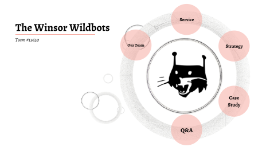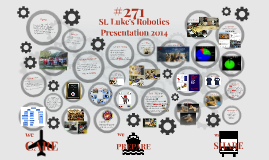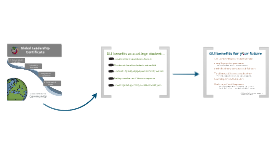Template of Training Certificate
Transcript: Best Practices for Issuing Training Certificates Align with Brand Identity Vital role in development Customization enables organizations to align training certificates with their unique brand identity. This includes incorporating specific colors and logos that reflect the organization’s mission and values. Testament to acquired skills Implementing best practices ensures the integrity and value of training certificates. Key practices include verifying the accuracy of participant information, keeping detailed records of all issued certificates, and utilizing high-quality materials for printing to enhance the professionalism of the certificate. Additionally, it is crucial to effectively communicate the importance of the certificate to recipients, reinforcing its value as a recognition of their achievements. Conclusion and Q&A Personalize for Impact Impact on career advancement Key Aspects of Certificate Customization By modifying text, organizations can personalize the certificate for each recipient, making it a more meaningful recognition of their achievement. This personalization fosters a sense of accomplishment and value. Open floor for questions Ensure Quality Presentation High-quality printing materials contribute to the overall presentation of the certificate, making it more visually appealing and durable. Investing in quality enhances the perceived value of the certification. Examples of Training Certificate Templates A visual representation of various styles of training certificate templates available to suit different audiences and purposes. Corporate Theme Minimalist Design Professional designs that align with corporate branding, often incorporating company logos and a formal layout for corporate training programs. A clean, simple layout emphasizing clarity and elegance. Often features a limited color palette and straightforward font choices. Colorful Templates Bright and engaging designs that use vibrant colors and creative graphics to attract attention, suitable for informal training sessions. Template of Training Certificate Consider layout and structure Designing a Training Certificate Template Select appropriate color scheme Choose readable font style Reflect professionalism in design Include essential information space Add branding elements effectively An outline for creating professional training certificates for various courses and programs. Branding and Accreditation Enhancements Essential Elements of a Certificate In addition to the basic details, training certificates often incorporate branding elements to enhance authenticity and professionalism. This may involve the inclusion of the organization's logo, specific colors associated with the brand, and any relevant accreditation seals or logos that signify quality or standards met during the training process. A training certificate usually contains essential details that validate the completion of a training program. These include the participant's full name, the title of the training program, the date the training was completed, and the signature of the authority that issued the certificate. Including these elements ensures that the certificate is both official and recognizable. Enhances Credibility and Employability Training certificates validate an individual's skills and knowledge, making them more attractive to potential employers and enhancing their professional credibility. Understanding Training Certificates Training certificates are official documents that acknowledge an individual's successful completion of a training program. They serve as evidence of the skills and knowledge gained, providing value to both the participant and potential employers. Opens Career Opportunities Importance of Training Certificates By holding a training certificate, individuals demonstrate commitment to their professional development, which can open doors to new career opportunities or promotions. Encourages Further Education Training certificates can inspire individuals to engage in further education and training, fostering a continuous learning culture within organizations.

















